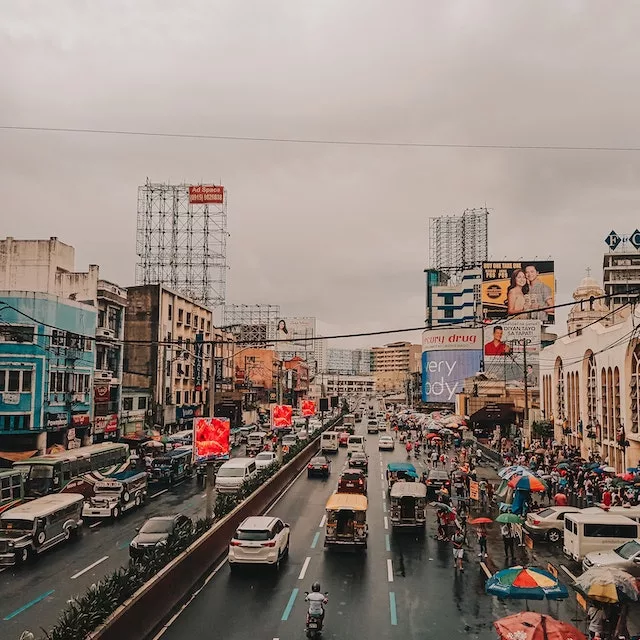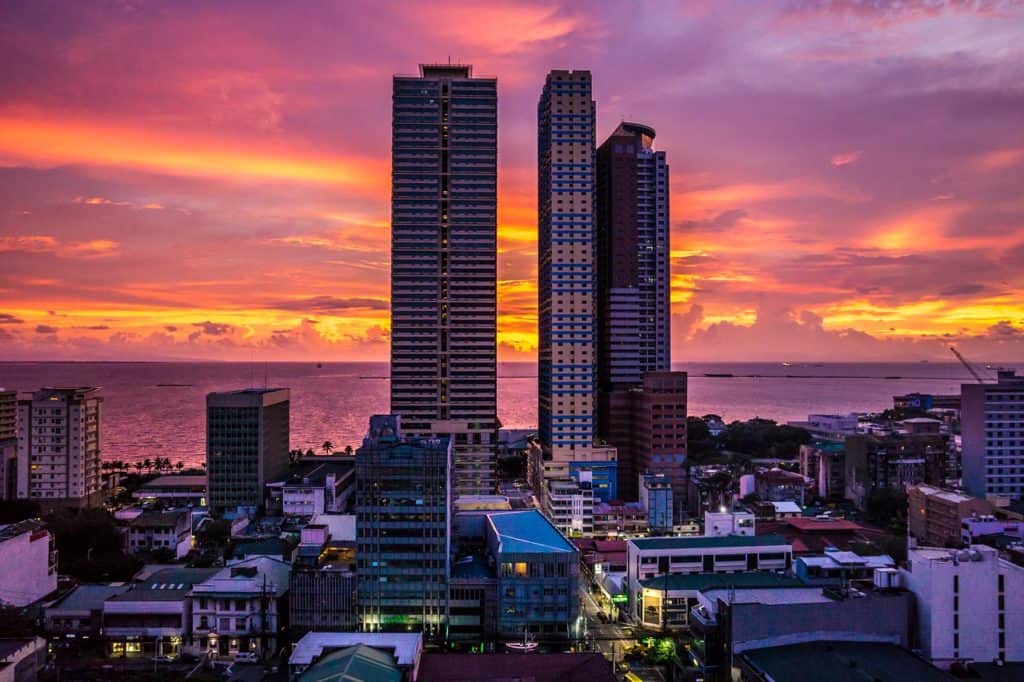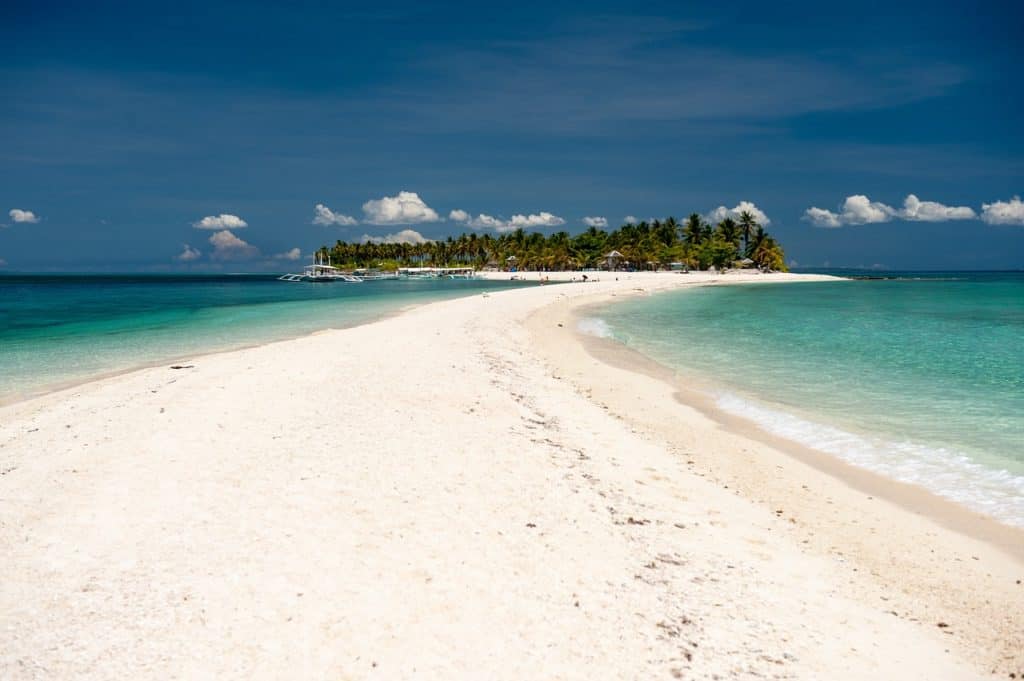
The Philippines is a beautiful country known for its tropical climate, stunning beaches, friendly people, and rich cultural heritage. But one question that many people who are considering moving to or visiting the Philippines have is: what is the cost of living in the Philippines?
The cost of living in the Philippines can vary greatly depending on a variety of factors such as location, lifestyle, and personal preferences. However, we can still provide some insight into what you can expect in terms of expenses in the country.
Housing Costs
Housing costs in the Philippines are relatively affordable, especially outside of major cities like Manila. Renting a one-bedroom apartment in a decent location can cost anywhere from $100 to $300 per month. If you are looking for a bigger place, expect to pay more, but still at a relatively lower cost than in western countries.
If you are interested in buying a property, prices can vary greatly depending on the location, property type, and quality of the building. In Metro Manila, the average price for a 2-bedroom condo is around $100,000, but prices can be lower in other areas of the country.
Food Costs
Food in the Philippines is generally affordable, especially if you stick to local markets and street food. A meal at a local eatery can cost as little as $2, while a mid-range restaurant can cost anywhere from $5 to $15 per person. Western restaurants and fast-food chains are also available in the country, but expect to pay higher prices.
For groceries, you can expect to spend around $100 to $150 per month for a basic food budget. However, if you prefer to buy imported goods, expect to pay more.
Transportation Costs
Transportation in the Philippines is relatively affordable. Jeepneys, tricycles, and buses are common forms of public transportation and can cost as little as $0.10 to $1 per ride, depending on the distance.
Taxis and ride-hailing services like Grab are also available, with fares starting at around $2. However, traffic can be heavy in major cities, so expect travel times to be longer during rush hour.
Utility Costs
Utility costs in the Philippines are relatively low compared to western countries. Electricity costs around $0.15 to $0.25 per kilowatt-hour, while water costs around $0.25 to $0.40 per cubic meter. Internet and phone plans can cost as little as $20 per month for basic packages.
Healthcare Costs
Healthcare costs in the Philippines are generally affordable, but the quality of care can vary greatly depending on the location and facility. Public healthcare is available, but private healthcare is generally preferred for better facilities and shorter wait times. Consultation fees with private doctors usually cost around $20 to $30.
Conclusion
In conclusion, the cost of living in the Philippines is relatively affordable compared to western countries. However, costs can vary greatly depending on your lifestyle, location, and personal preferences. Generally, if you stick to local markets and transportation, you can live comfortably on a budget of around $800 to $1,200 per month.
Overall, the Philippines offers an excellent quality of life with a low cost of living. Whether you are looking for a new place to call home or just visiting, the Philippines is definitely worth considering.


